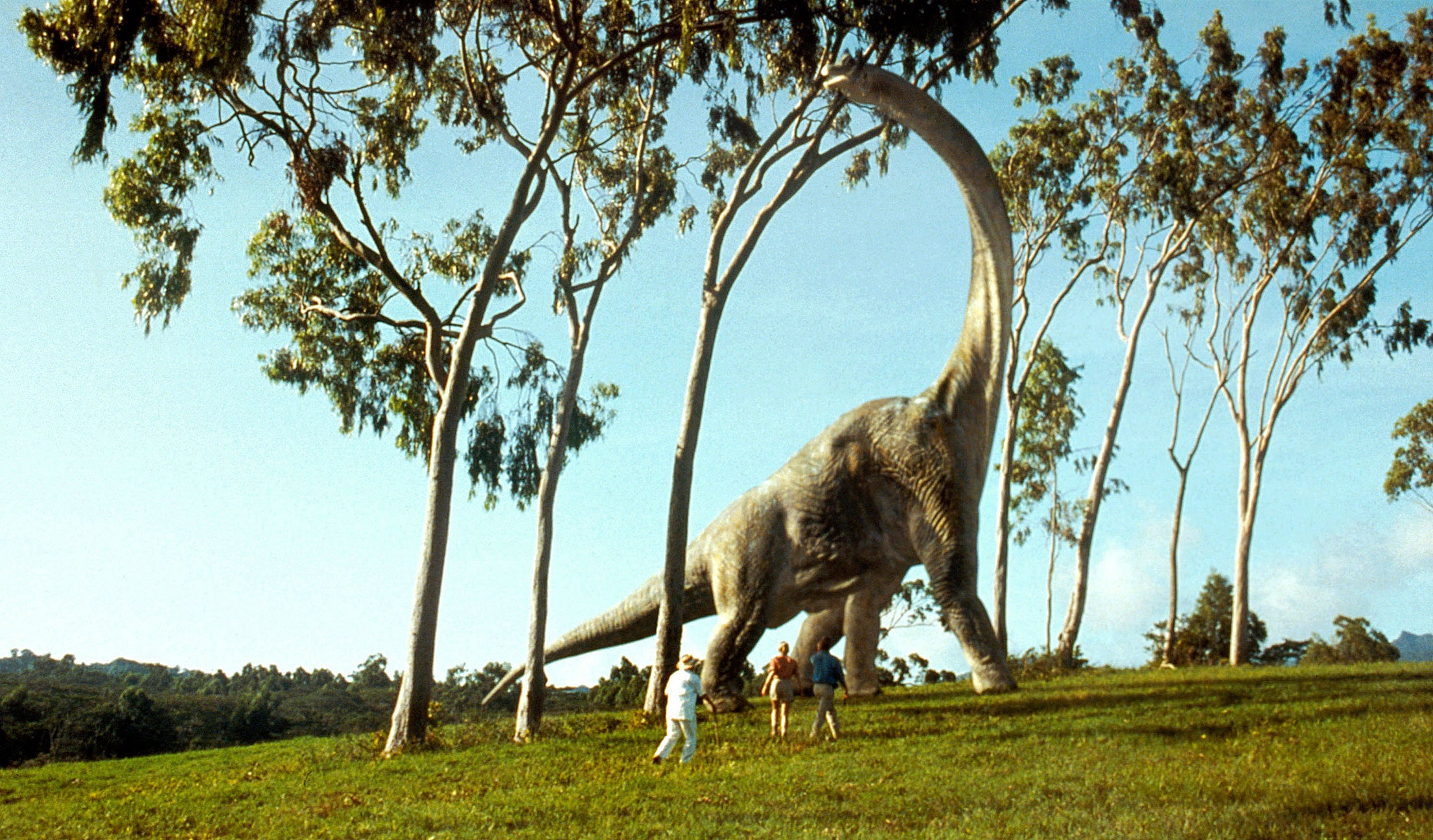Table of Contents Show
Jurassic Park is considered a cinema classic about the return of dinosaurs in the present day. Many people know the blockbuster as the movie, but not many have read the book that this was based on, Jurassic Park by Michael Crichton. I have been calling this movie my favorite since 2000, yet I had never read the book until this past month. Honestly, I felt like I had read and watched two different stories revolving around the same characters.
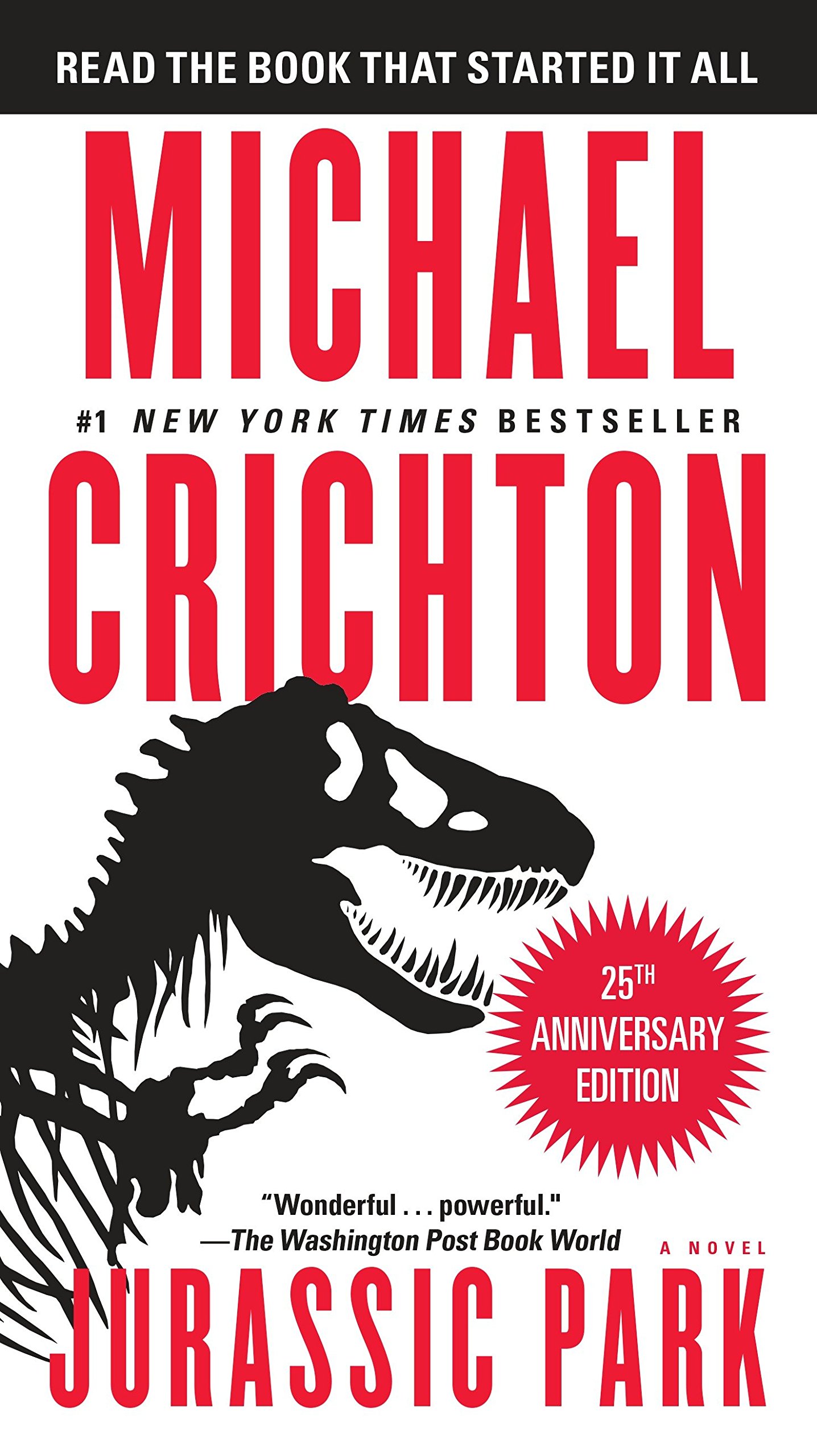
Obviously, with movies, there will be important parts of the story missing from the original idea. There is less time to cover your favorite parts of a story, as we have learned with many movie installments of favorite books. Jurassic Park is no exception.
Jurassic Park‘s Iconic Dinosaurs
The book is able to spend more time on information about the background of the park. We learn about the nursery, the different habits of some dinosaurs, and a baby Tyrannosaurus Rex and Velociraptor. We also learn why Dr. Grant knows Tyrannosaurus Rexes can not see you if you move! He experiences it when the dinosaur walks past him after destroying the tour vehicles, but the explanation comes from Harding, the vet in Jurassic Park. He states, “‘Dinosaurs have excellent visual acuity, but they have a basic amphibian visual system: it’s attuned to movement. They don’t see unmoving things well at all.'” (( Crichton, Michael. Jurassic Park. New York, Alfred A. Knopf, 1990. pg 201. )).
The book constantly updates you on how many dinosaurs are in the park with the census. This shows how many they are expecting and how many they have, so when it is updated at the end, you see how many dinosaurs had died during the park’s electric shut down. In the movies, we see the same Tyrannosaurus Rex that saved the group of survivors with the scars from the velociraptor attack in Jurassic Park on full display at the end of Jurassic World with her triumphant roar. With the Tyrannosaurus Rex surviving in the movies from 1993 to 2015 (( Salemme, Danny. 2018, June 20. Jurassic World 2’s T-Rex is STILL The Original. Screen Rant. February 20, 2021. )), I assumed she would have made it to the end in the book. The final census showed there was only one Tyrannosaurus Rex left, and Hammond sees the juvenile at the end of the book. I never knew how attached I could be to a dinosaur.
The Differences Within Our Favorite Characters
Dr. Ian Malcom’s speeches are sprinkled throughout the book. I absolutely found it hysterical when I realized his famous speech at the lunch table before the tour of the park was actually cut from different speeches throughout the book. He also doesn’t have near as much of an infatuation with Dr. Sattler.
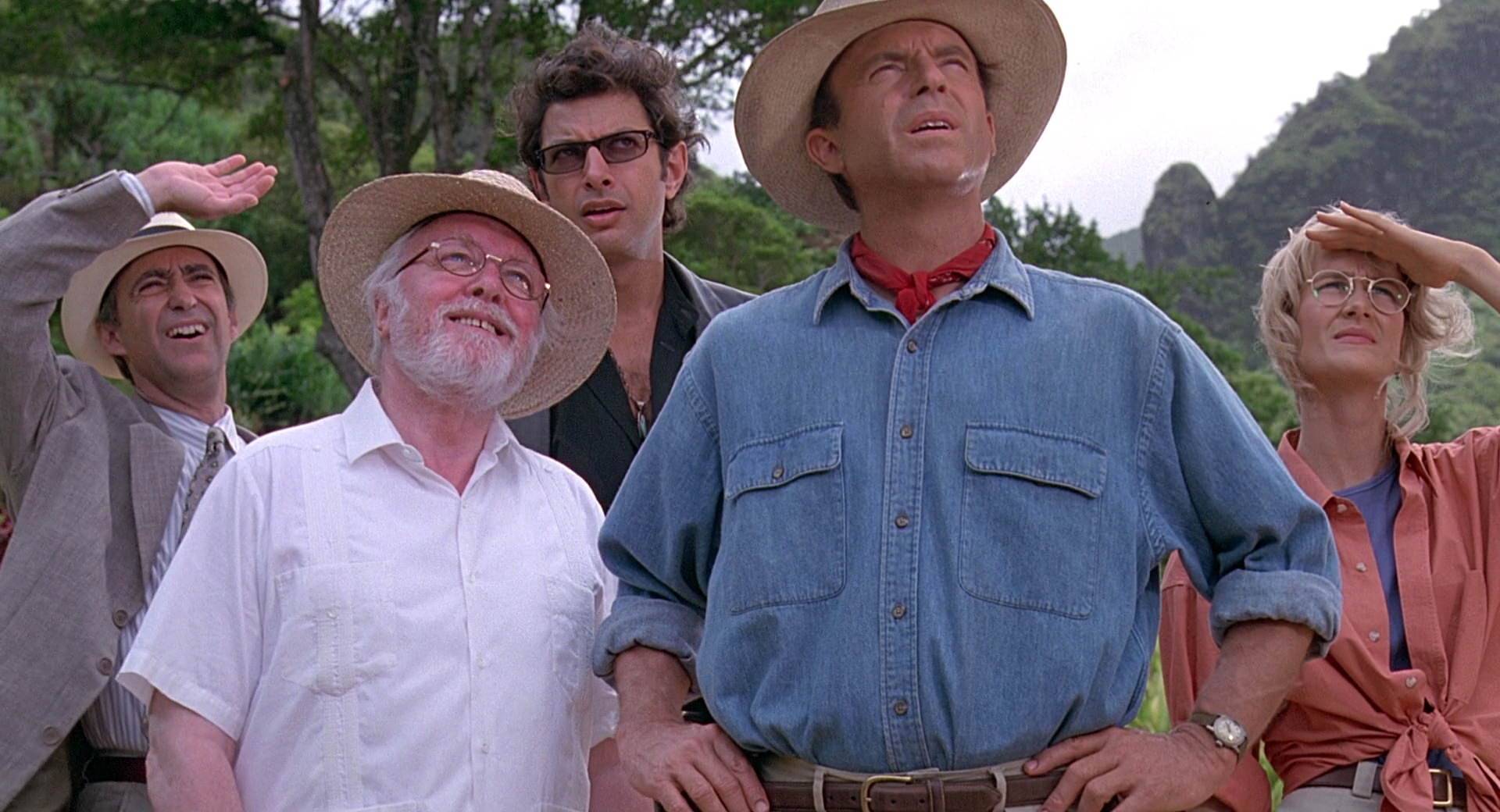
Ellie Sattler herself is a confident woman in both Jurassic Park mediums. There isn’t a love story hinted at between her and Dr. Grant but a strong friendship/mentorship as she is still a grad student. She even goes outside to distract velociraptors in order for Dr. Grant to get to the maintenance shed as safely as possible. Dr. Alan Grant has one glaringly obvious difference from the movie to the book. Dr. Grant likes kids because how could you hate a group of people that are so vocal about their love of dinosaurs? In the movie, he takes on the personality of one of the workers in the book that is in charge of the children.
Our Side Characters
John Hammond is a character that I feel changed a lot from book to movie. While the motto “spared no expense” flows seamlessly to the screen, Hammond in the book seems power hungry and uncaring towards others. He invited his grandchildren to the island only to keep Gennaro, the lawyer, from shutting down the resort. He also never seems to worry about the fact that people have been dying at his park. He is more concerned about the frozen embryos, not killing the dinosaurs, and starting up a new park when he realizes this Jurassic Park will not work.
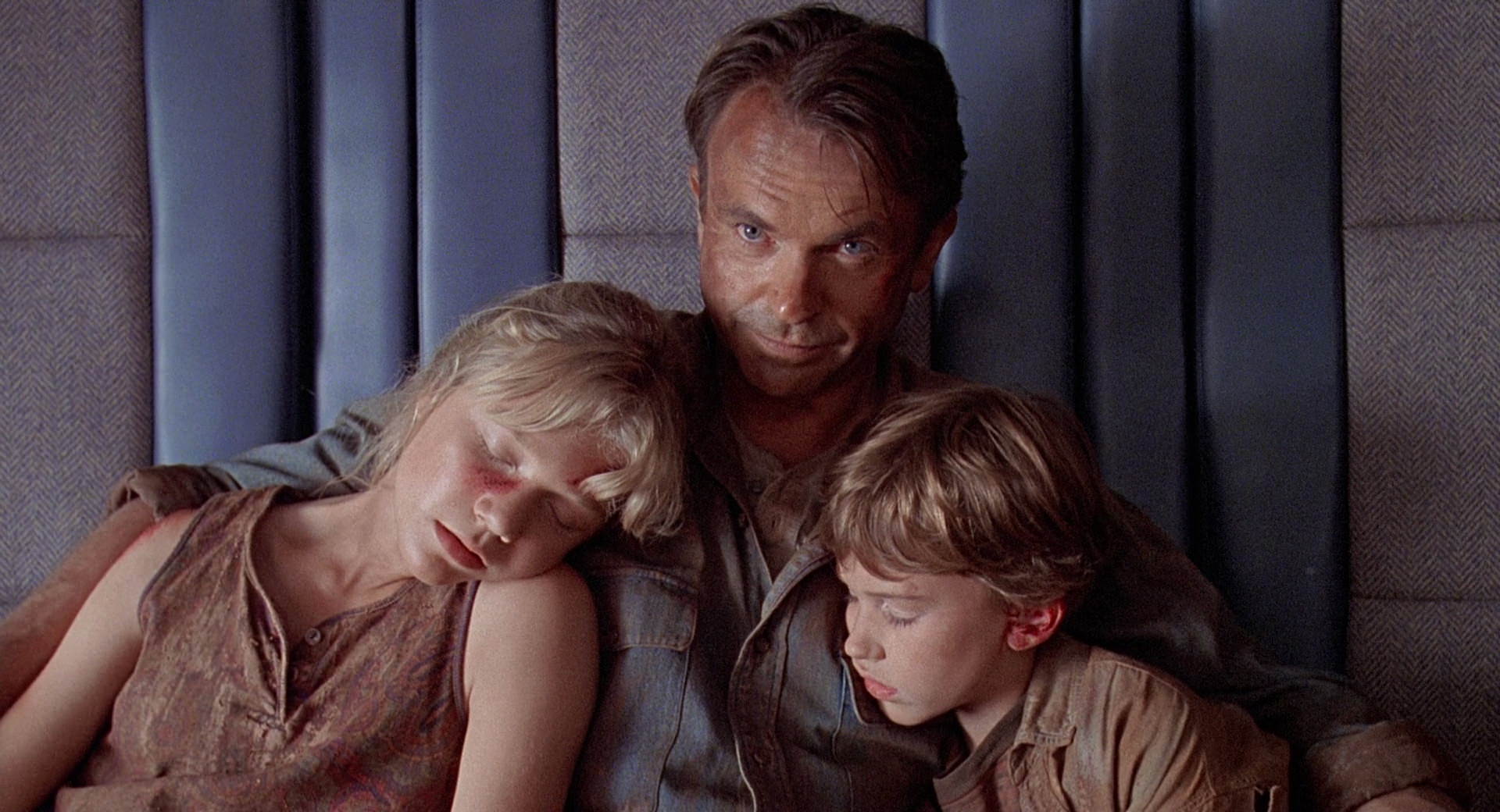
The main difference I have always heard with the siblings is that Tim is the older sibling in the book, and Lex is the younger one. This didn’t really throw me for that much of a loop, especially since they both pretty much do the same things in both the movie and the book, Tim getting thrown by the Tyrannosaurus Rex in the car and Lex screaming, “He left us!” over and over. Alternatively, neither kid knows about the computer system, so when Tim is trying to turn the power back on, it is more of a guessing game than Lex knowing what she is looking for like in the movie.
A Powerhouse Setting
In the movie, we only see the visitor center and the lab, which is a small portion of the Resort that Hammond reiterates is not finished. In fact, this resort looks like it has already begun reinforcing its security while trying to maintain the aesthetic. The security has not been reinforced near as much as it has in the book.
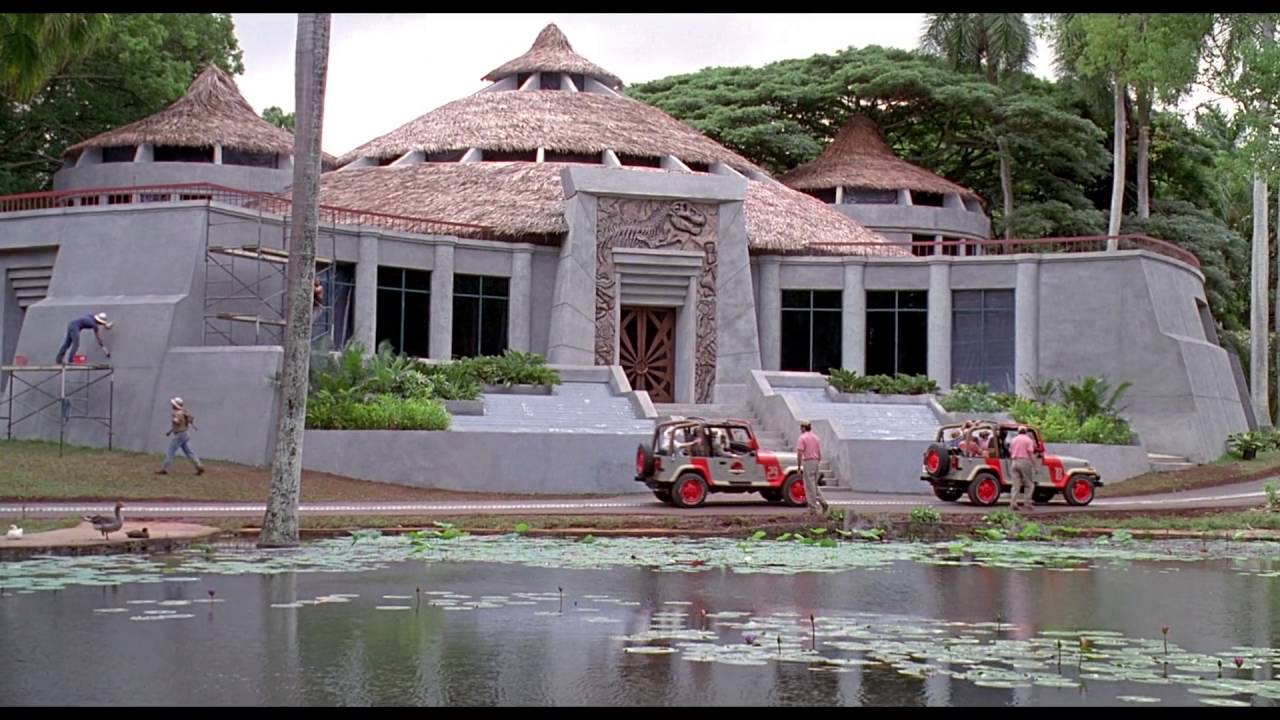
The Resort in the book versus the movie looks strikingly different. In the book, as Dr. Grant and Ellie go to put their stuff away in their own rooms at the resort, they notice the bars on the small windows and the high-security fence. They acknowledge that no amount of visual beauty can cover up how the fences look. (( Crichton, Michael. Jurassic Park. New York, Alfred A. Knopf, 1990. pg 89. )). There are also multiple different places to stay, like at Disney World or Universal Studios, but Dr. Grant sees that the one under the aviary, Pteratops Lodge, isn’t near finished along with having what looked like reptile droppings smeared on the trees and lodge. (( Crichton, Michael. Jurassic Park. New York, Alfred A. Knopf, 1990. pg 278-279. )).
There were also many scenes in the book that reminded me of moments in different movies. In the book, Dr. Grant and the kids float in a raft and go under the fence to the aviary and are attacked. This is reflected in Jurassic Park III, when Dr. Grant, Billy, and the others enter the aviary and get attacked by the horrifying Pterodactyls. Additionally, in the book, Dr. Grant and the kids jump off a cliff into a river where the Tyrannosaurus Rex is waiting for them. This is similar to the moment in Jurassic World when the two brothers have to jump off a cliff into a pond to avoid the Indominus Rex.
A Major Concern Missing
Guys, the whole first thirty pages of Jurassic Park is talking about dinosaurs escaping Jurassic Park, attacking small children, and killing them. The amount of detail that Crichton went into to fully picture what the dinosaurs had done was definitely not what I expected when first opening the book. This problem is constantly talked about throughout the book.
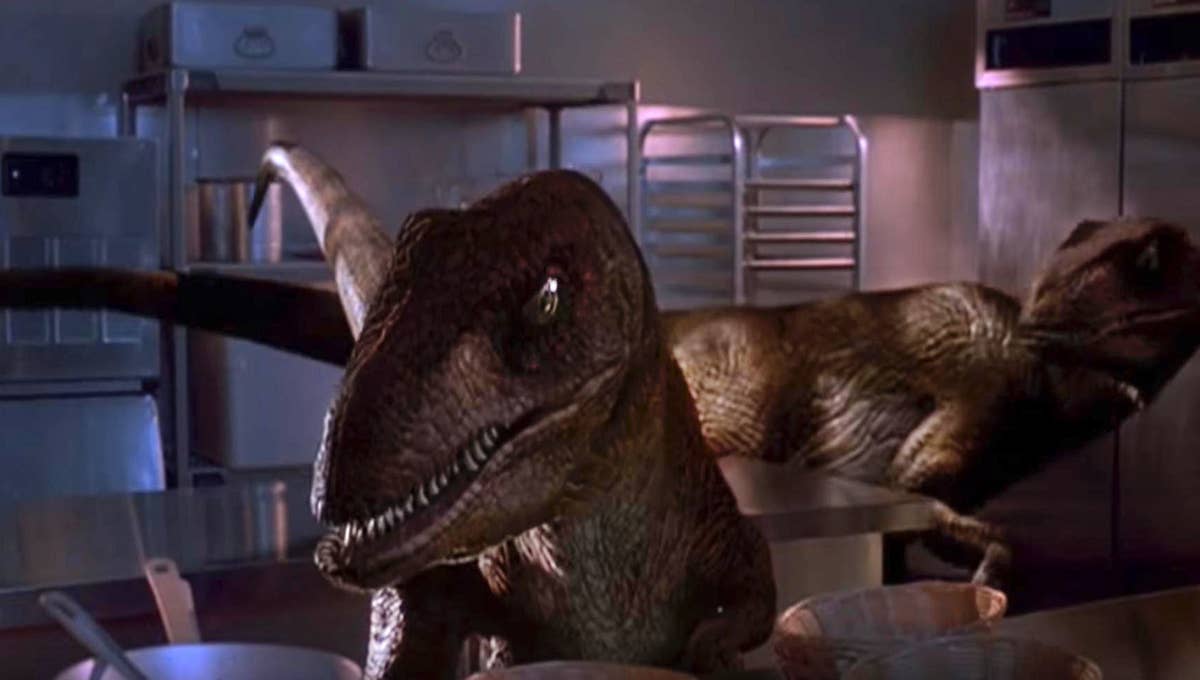
The possibility of dinosaurs getting off the island is never mentioned in the first Jurassic Park movie. Most of the time that Dr. Malcom explains his chaos theory, he says there is no way that dinosaurs had not gotten off the island. Hammond obviously doesn’t believe him because Hammond is extremely confident in his park, just like in the movie. Later, the workers behind Jurassic Park’s “fantastic” operating system run a census overestimating the number of dinosaurs in the park after a suggestion from Malcom.
The workers find that the dinosaurs had been breading, like in the movie, and they could have possibly been escaping since more dinosaurs were there than they originally thought. Once they looked at this graph, Dr. Malcom said, “‘You only tracked the expected number of dinosaurs…The problem was, you had more than the expected number.'” (( Crichton, Michael. Jurassic Park. New York, Alfred A. Knopf, 1990. pg 165. )).
Without Giving Too Much Away
Jurassic Park by Michael Crichton is a new story with your same favorite characters. These same characters are even more developed and personable, reading through their actions for four hundred pages. While there are definitely moments throughout the book that you can recognize and relive from the movie, there are new plot points and new situations to reinvigorate your love for this dinosaur-filled story.
